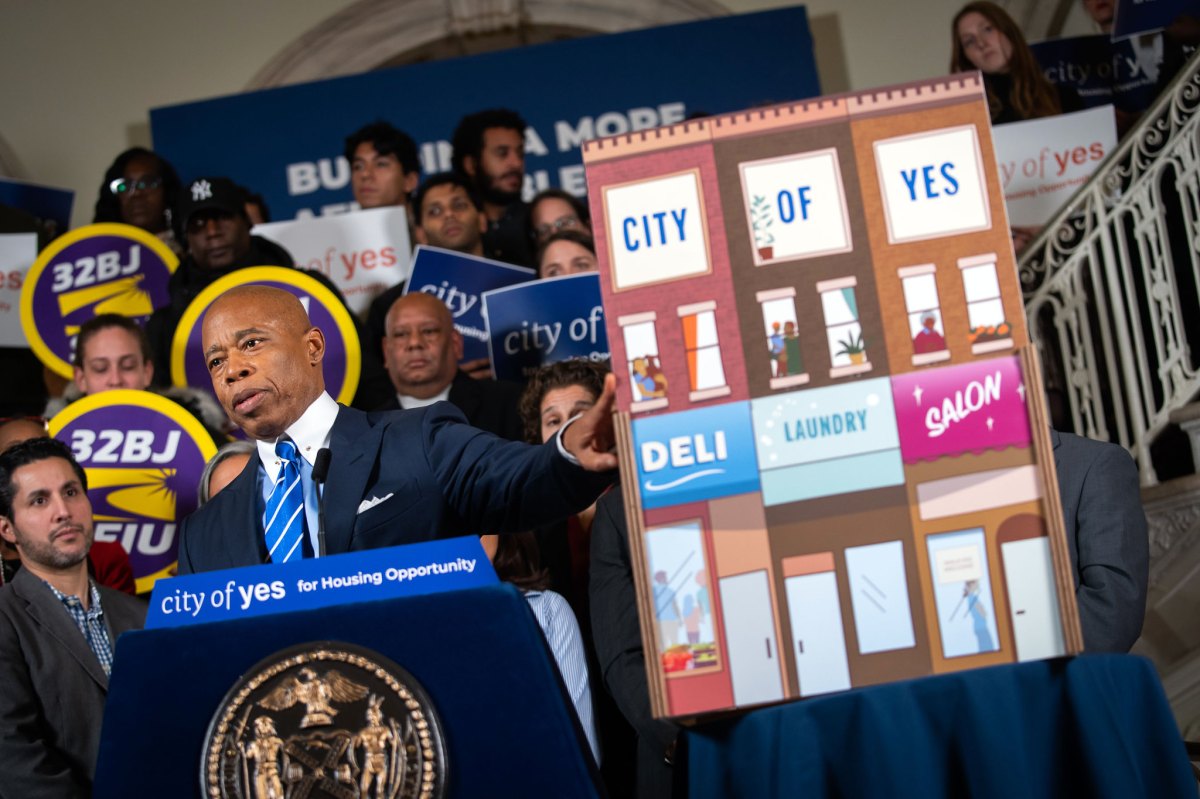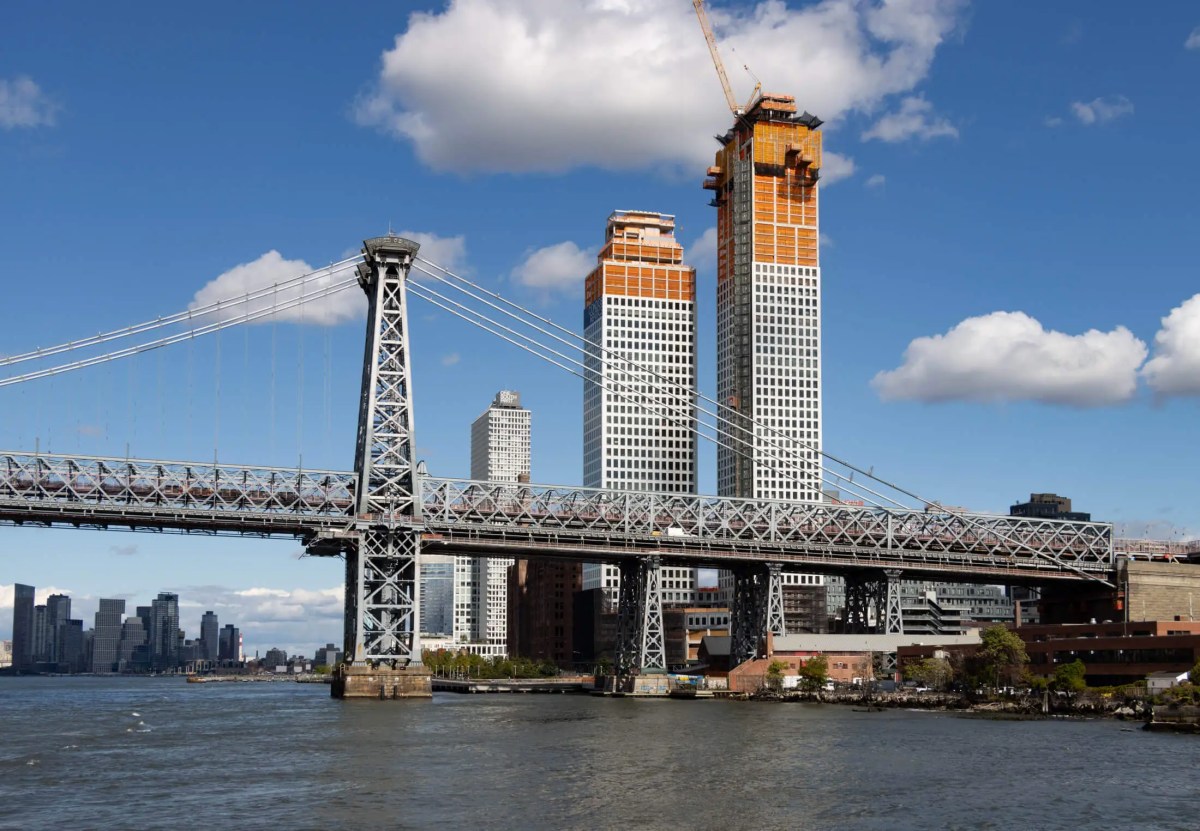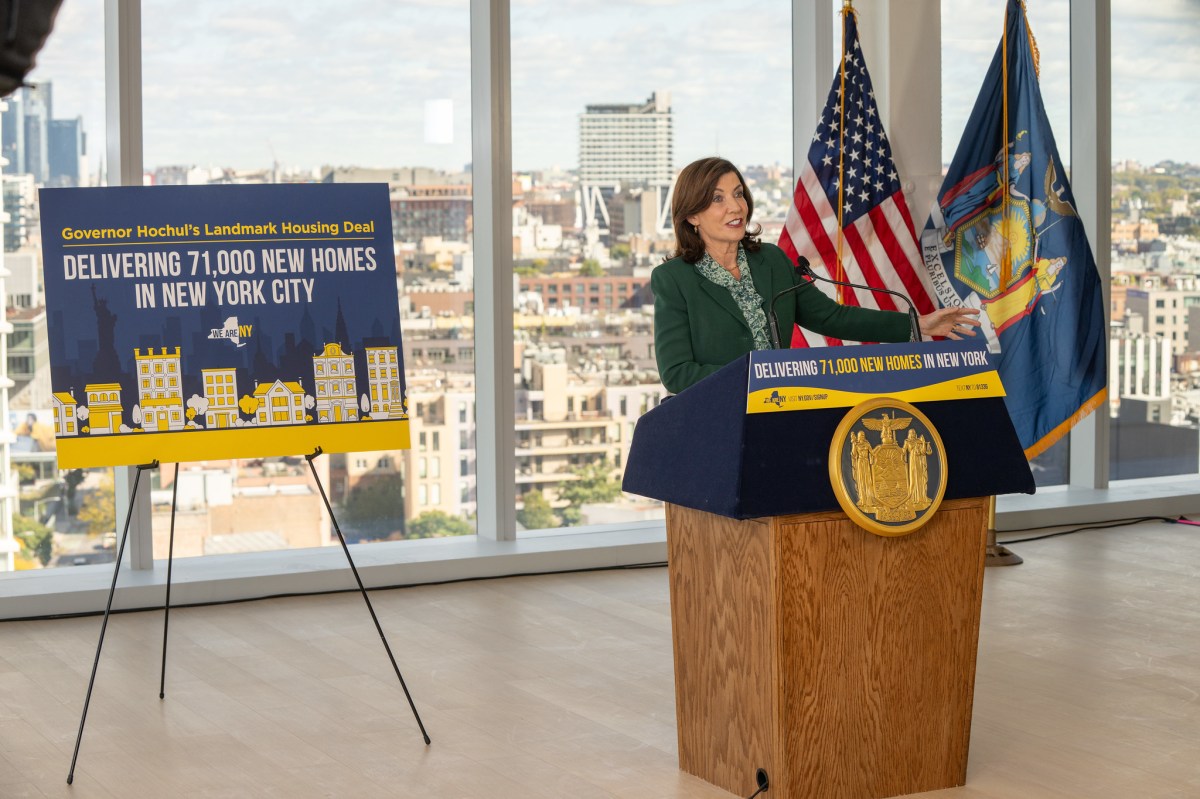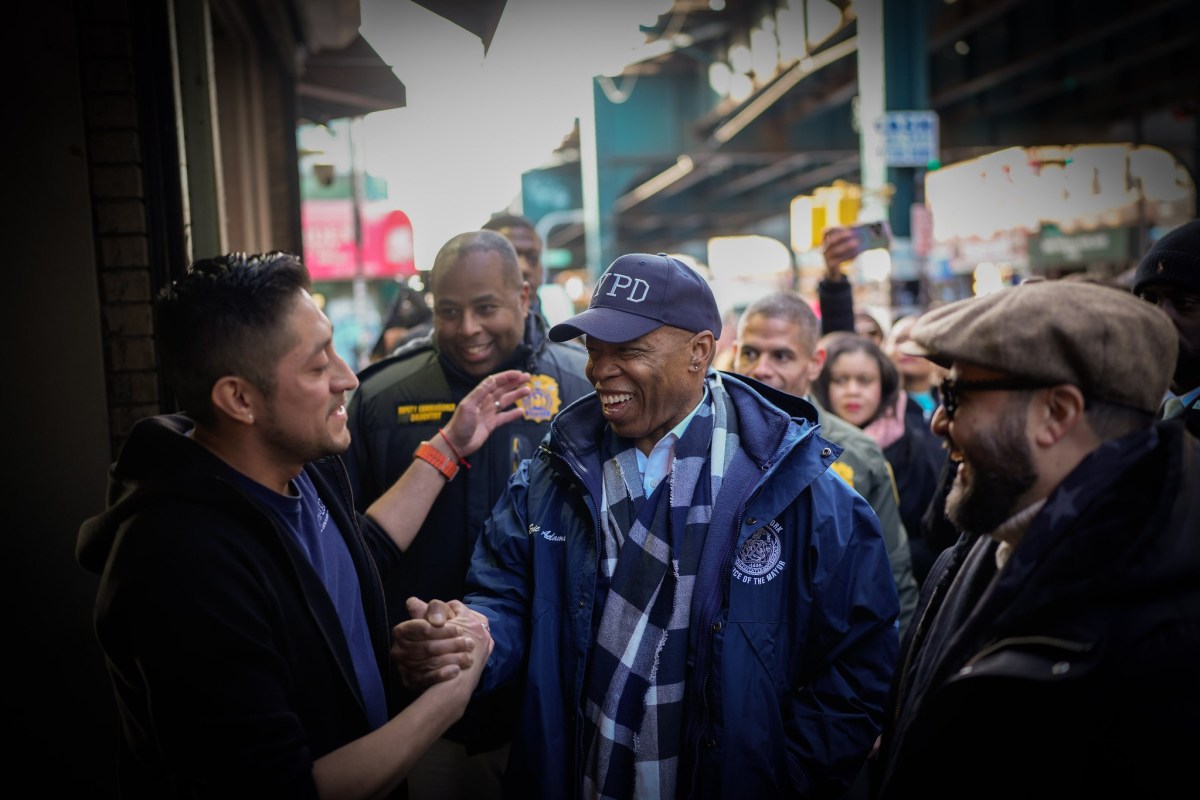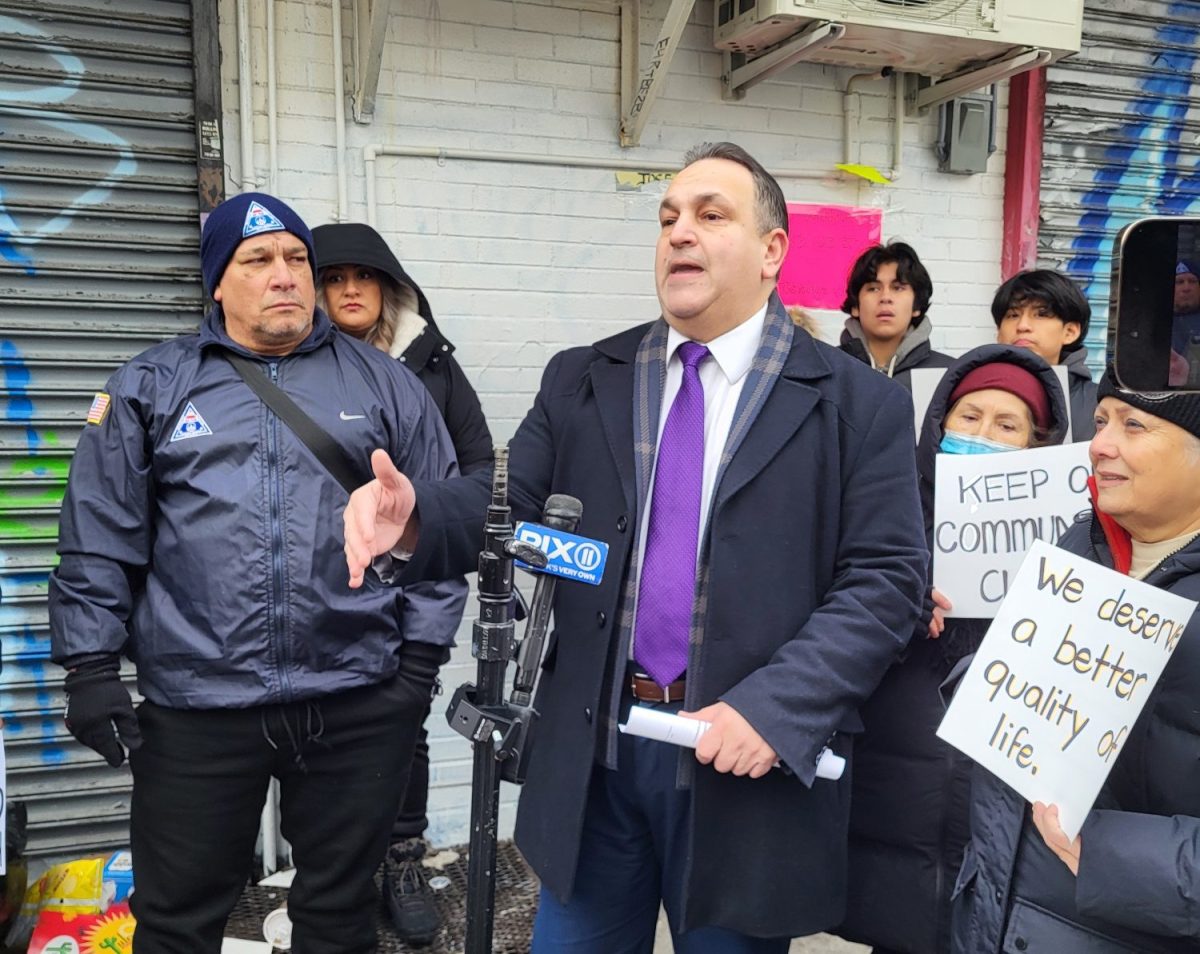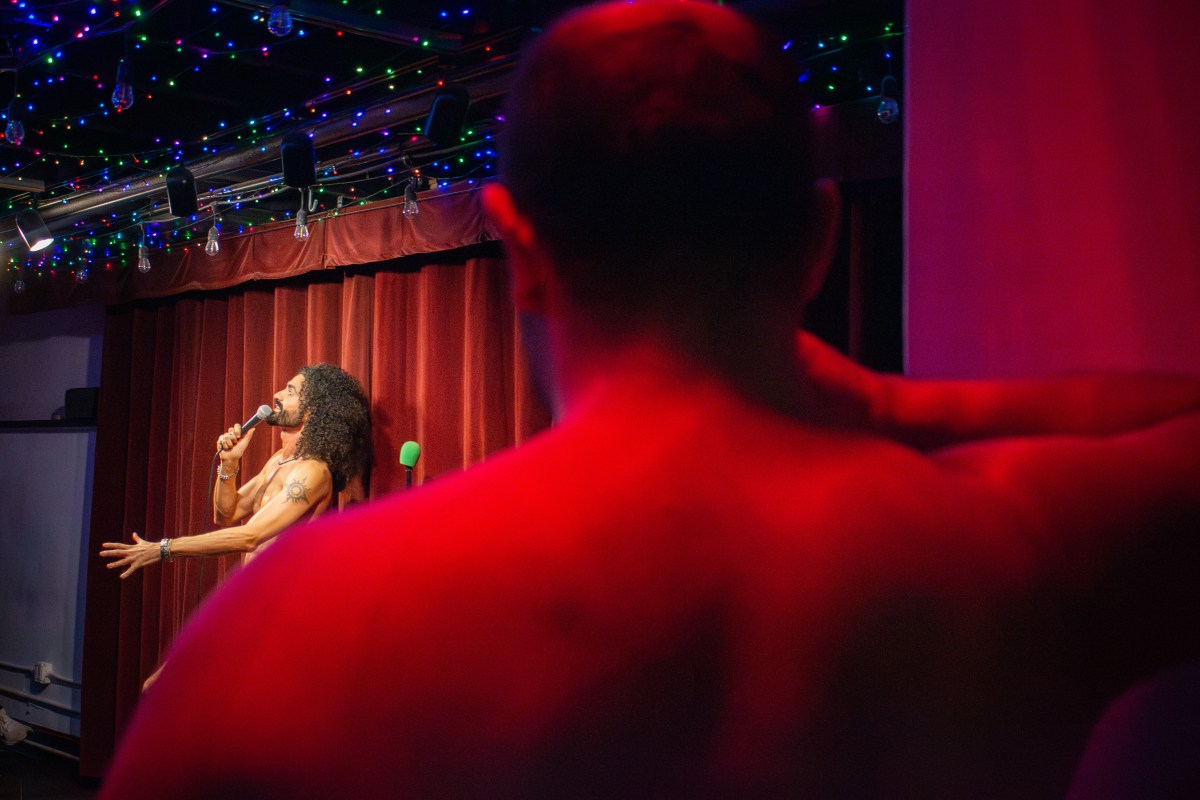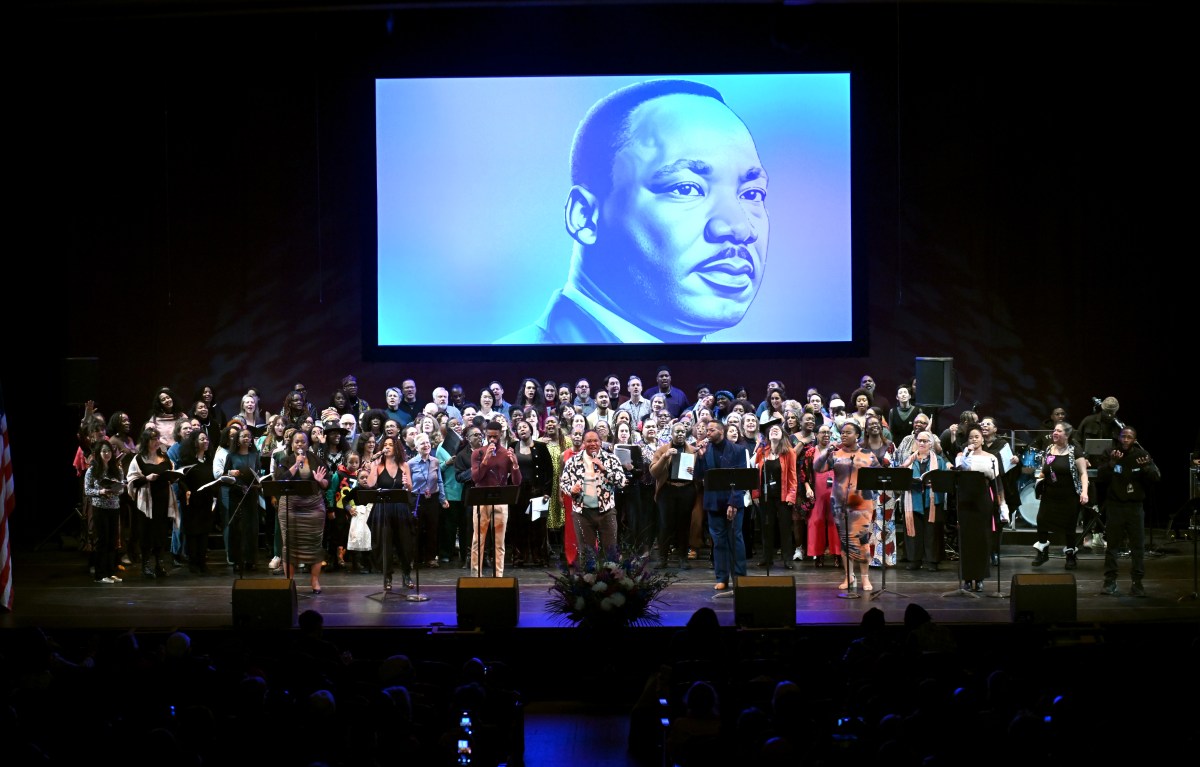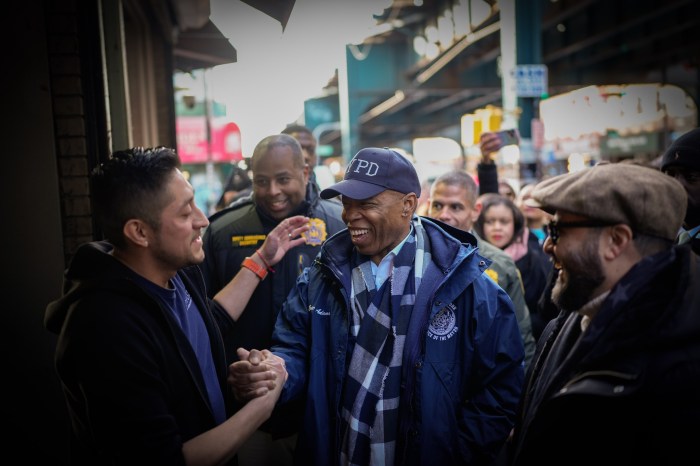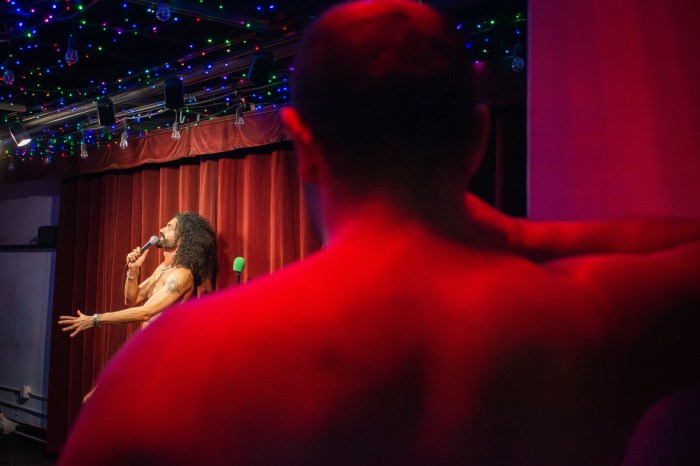New York City prides itself on being a beacon of diversity and opportunity. However, this promise rings hollow for many of our residents with disabilities who face a shortage of accessible and affordable housing. This crisis demands urgent action, and a crucial first step lies in expanding access to the Disability Rent Increase Exemption (DRIE) program.
DRIE offers a lifeline to eligible tenants with disabilities by exempting them from future rent increases, allowing them to maintain housing stability. Unfortunately, many who qualify remain unaware of this vital program, and navigating the application process can be a significant obstacle.
To address this, we’re putting forward legislation in the City Council that will:
- Expand outreach: Implement targeted campaigns to inform eligible residents about DRIE and the resources available to them.
- Streamline the application process: Make it easier for individuals with disabilities to access application materials in their preferred language.
This legislation is not merely a bureaucratic tweak; it’s a lifeline for countless New Yorkers facing the threat of eviction and homelessness. According to the 2023 NYC Housing and Vacancy Survey, only 34 percent of all units in NYC, both affordable and market-rate, could be entered without stairs, including sidewalk access and to higher floors. The NYC Housing Lottery is one avenue for acquiring an accessible and affordable unit, but only 5% of all units are reserved for tenants with mobility disabilities and 2% with hearing and vision disabilities, with no crossover. Finding an affordable and accessible unit is near impossible, forcing many individuals into unsuitable living situations and exacerbating existing inequalities.
Addressing this crisis requires a multi-pronged approach:
- Increase the stock of accessible housing and strengthen enforcement of accessibility requirements in new construction.
- Retrofit existing housing: Adapt existing units to meet ADA standards to increase the availability of accessible options.
- Address economic disparities: Recognize and address the unique economic challenges faced by people with disabilities, including lower employment rates and higher medical expenses.
The housing crisis for people with disabilities is a moral imperative. New York City must strive to be a truly inclusive city where everyone, regardless of ability, has access to a safe, accessible, and affordable home. This legislation represents a crucial first step in that direction. We urge our fellow policymakers, community leaders, and all New Yorkers to support this critical initiative and join us in the fight for a more just and equitable city for all.
Erik Bottcher represents the neighborhoods of West Village, Chelsea and Hell’s Kitchen, Carlina Rivera represents the 2nd Council District which includes Greenwich Village, Union Square, East Village, and Kips Bay, and Tamara Morgan is Community Partnerships Coordinator at Adaptive Design, a nonprofit organization that builds custom adaptive equipment for children with disabilities.





